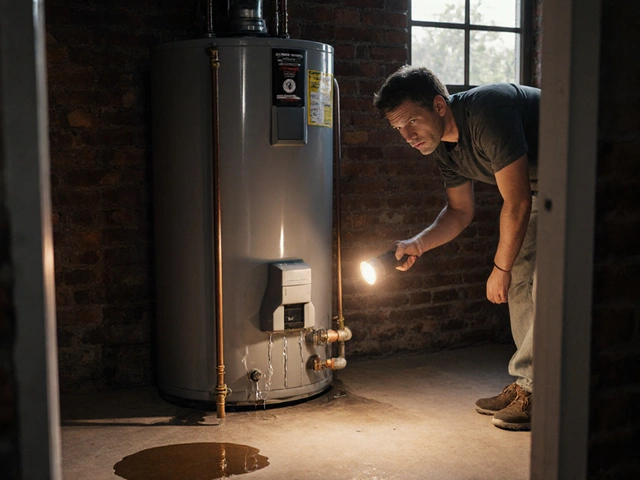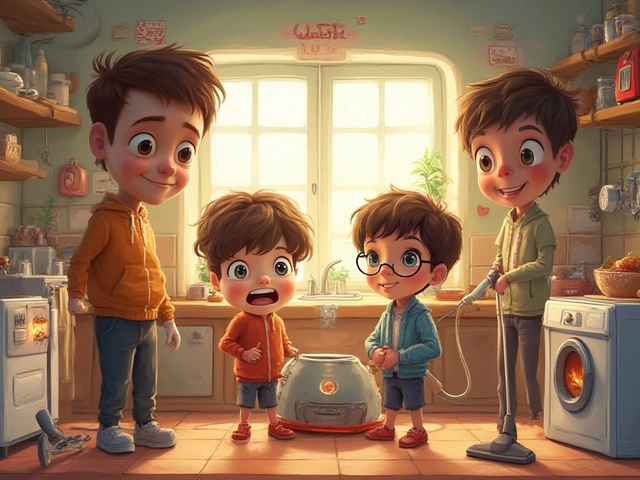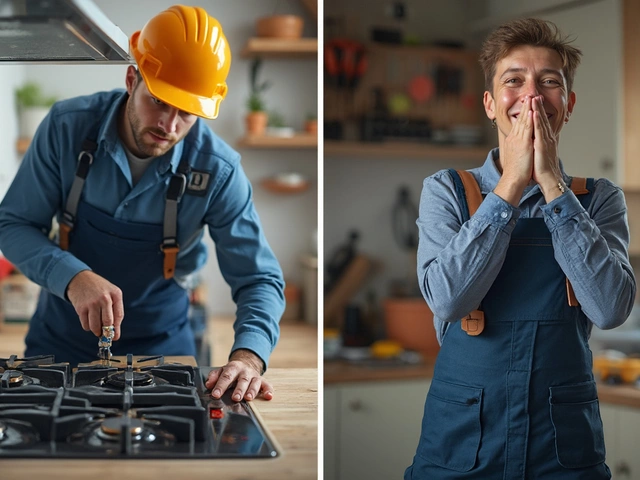Should You Repair Your Hot Water Heater? Cost vs Replacement Guide
October 23 2025Reset Button Guide: When to Press It and How to Stay Safe
Ever see a tiny reset button on your boiler or water heater and wonder if you should press it? You’re not alone. That little button can be a lifesaver, but only if you know what it’s for and how to use it correctly.
What the Reset Button Actually Does
Most gas‑powered appliances have a built‑in safety system. If something goes wrong – like overheating, low water pressure, or a gas leak detection – the system shuts down and the reset button lights up. Pressing it tells the appliance, “I’ve checked the problem, now you can try again.” It’s not a magic fix; it just gives the unit a clean slate after the fault clears.
Common Appliances That Have a Reset Button
Boiler: If your heating stops suddenly, the boiler may have hit a high‑temperature limit. Before you hit reset, make sure the pressure gauge is in the green zone (usually 1‑1.5 bar). Turn the thermostat off, wait a minute, then press the reset button and turn the thermostat back on.
Water Heater: Electric water heaters often have a “high‑limit” reset. If you get no hot water, check the circuit breaker first – if it’s tripped, reset it. Then press the reset button on the heater (usually behind a small panel). If the heater shuts off again, there’s likely a deeper issue like a faulty thermostat.
Oven or Cooktop: Some ovens include a reset for the safety lock. If the oven stops mid‑cycle, unplug it for a minute, plug it back in, and press the reset. This clears any electronic hiccup.
Extractor Fans: Certain powerful extractor fans have a reset for motor overload. Turn the fan off, let it cool for a few minutes, then press the reset before turning it back on.
Across all these devices, the rule of thumb is: Check the obvious problem first, then reset.
Step‑by‑Step: Safe Reset Procedure
1. Turn off the power. For gas appliances, switch off the gas supply if you smell anything odd. For electric units, flip the breaker.
2. Inspect for visible issues. Look for leaks, rust, or loose wires. If you see damage, call a professional.
3. Wait a minute. This lets the system cool and clears any temporary fault.
4. Press the reset. Use a firm press; you’ll hear a click.
5. Turn the power back on. Reset the breaker or gas valve, then test the appliance.
If the problem returns within an hour, stop using it and call a certified gas engineer. Repeated resets can hide bigger safety risks.
When NOT to Reset
If you notice any of these, skip the button and call a pro:
- Strange smells (gas or burning)
- Continuous error codes on the display
- Water pooling around a boiler or heater
- Unusual noises like grinding or squealing
These signs mean the appliance needs a proper diagnosis, not a quick press.
Keeping the reset button in mind can save you a cold shower or a chilly bedroom, but safety always comes first. When in doubt, reach out to a certified engineer – they have the tools and knowledge to fix the root cause without risking your home.
So next time you see that tiny red or black button, you’ll know exactly what to do: check, wait, press, and if anything feels off, call the experts. Simple, safe, and effective.
 1 May
1 May
Water Heater Reset: How to Tell If Yours Needs It
Waking up to a cold shower is a rude surprise and might mean your water heater needs a reset. Knowing the signs can help you fix the problem fast and avoid calling a repair tech. This article shows you what to check, why a heater might trip, and how to reset it safely. We’ll cover common symptoms, practical steps, and some pro tips for keeping your heater running smoothly. You might save yourself some money and hassle.
Read More...



